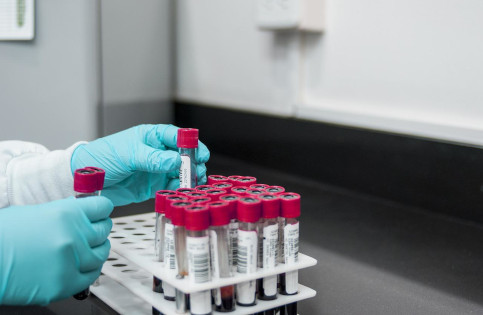Ipertermia come trattamento di combinazione per il cancro

Ipertermia nel trattamento delle forme neoplastiche. Un lavoro pubblicato sulla prestigiosa rivista internazionale Lancet Oncology.
Dr. Carlo Pastore
Lancet Oncol. 2002 Aug;3(8):487-97.
Hyperthermia in combined treatment of cancer.
Wust P1, Hildebrandt B, Sreenivasa G, Rau B, Gellermann J, Riess H, Felix R, Schlag PM.
Author information
Abstract
Hyperthermia, the procedure of raising the temperature of tumour-loaded tissue to 40-43 degrees C, is applied as an adjunctive therapy with various established cancer treatments such as radiotherapy and chemotherapy. The potential to control power distributions in vivo has been significantly improved lately by the development of planning systems and other modelling tools. This increased understanding has led to the design of multiantenna applicators (including their transforming networks) and implementation of systems for monitoring of E-fields (eg, electro-optical sensors) and temperature (particularly, on-line magnetic resonance tomography). Several phase III trials comparing radiotherapy alone or with hyperthermia have shown a beneficial effect of hyperthermia (with existing standard equipment) in terms of local control (eg, recurrent breast cancer and malignant melanoma) and survival (eg, head and neck lymph-node metastases, glioblastoma, cervical carcinoma). Therefore, further development of existing technology and elucidation of molecular mechanisms are justified. In recent molecular and biological investigations there have been novel applications such as gene therapy or immunotherapy (vaccination) with temperature acting as an enhancer, to trigger or to switch mechanisms on and off. However, for every particular temperature-dependent interaction exploited for clinical purposes, sophisticated control of temperature, spatially as well as temporally, in deep body regions will further improve the potential.
Effect of hyperthermia combined with gemcitabine on apoptotic cell death in
cultured human pancreatic cancer cell lines.
Adachi S, Kokura S, Okayama T, Ishikawa T, Takagi T, Handa O, Naito Y, Yoshikawa T.
Department of Inflammation and Immunology, Kyoto Prefectural University of
Medicine, Kyoto (Japan).

 RSS
RSS 



